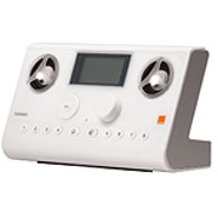Ainda as taxas que a emissão na net tem de pagar (EUA)
de Tim Westergren (Pandora):
«Hi, it's Tim,
I hope this email finds you enjoying a relaxing Memorial Day weekend. I’m sorry to intrude on your holiday, but Pandora urgently needs your help.
As you may know, the future of Pandora and all of Internet radio is in jeopardy because of astonishingly unfair royalty rates that the RIAA has fought for in Washington. To fix this problem we urgently need the intervention of Congress.
I'm sending this specifically to you because your Senator, Charles Grassley, is on the critically important Senate Judiciary Committee, but has not yet become a sponsor of the Internet Radio Equality Act (S. 1353) which would set Internet radio royalties at the same level as satellite and cable radio. Over 150 members of Congress have already sponsored this bill but we really need your Senator's support.»
